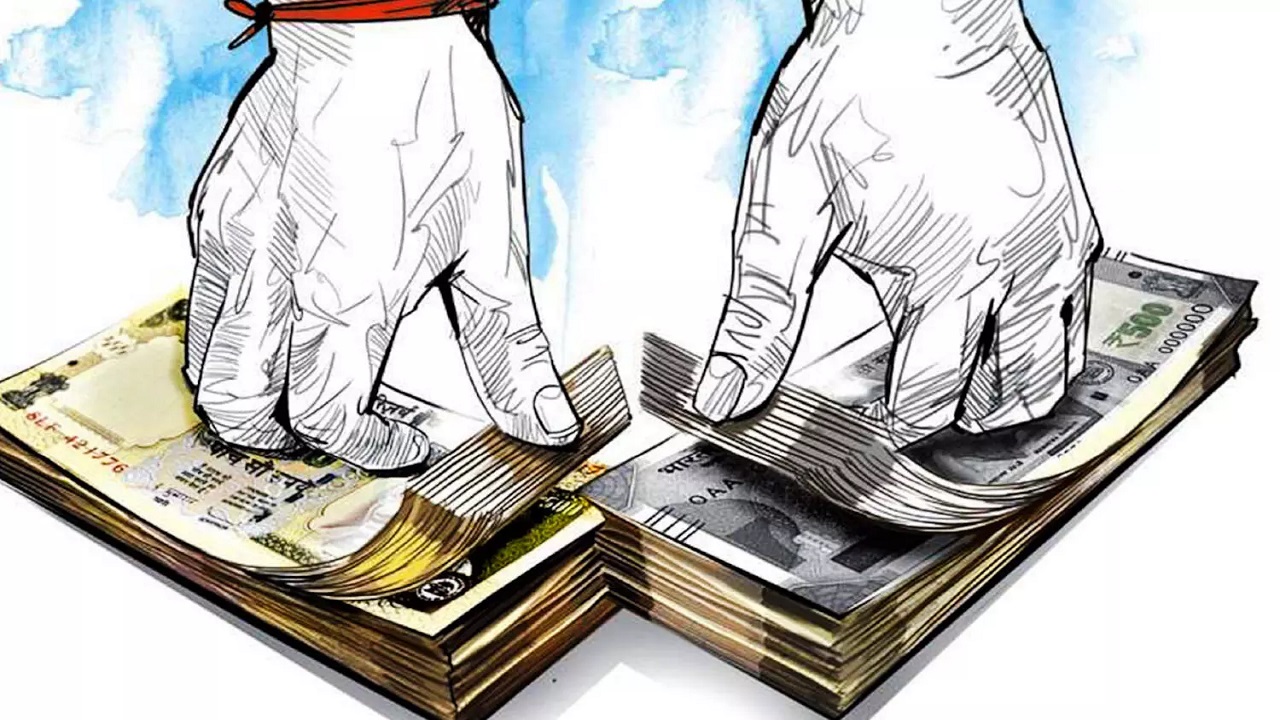Money Laundering: A Threat to National Integrity and Financial Systems
Context
Recently, a report presented by the Finance Minister in the Rajya Sabha stated that Enforcement Case Information Reports (ECIRs) have been issued to initiate proceedings under the Prevention of Money Laundering Act (PMLA), 2002. This development has renewed the focus on the problem of money laundering, its impact on the economy, and the challenges in enforcement.
Introduction
Money laundering refers to the process of disguising illicitly obtained money as legitimate assets. It is defined under Section 3 of the PMLA, 2002, and is seen as a threat to the financial system, national security, and integrity of the country. The term originated in the 1920s and 1930s in the United States, when organised crime syndicates used laundromats as a cover to clean money generated from illegal activities.
How is Money Laundered?
-
Placement: Introduction of illicit funds into the financial system, often through smurfing (splitting large sums into smaller transactions).
-
Layering: Funds are transferred across multiple transactions, accounts, or jurisdictions to obscure their origin.
-
Integration: Illegitimate money is reinvested in real estate, businesses, or assets, making it appear legitimate.
Effects of Money Laundering
-
Threat to sovereignty: As held in P. Chidambaram vs ED (2019), money laundering undermines the financial system and national integrity.
-
Terror financing: It is a major source of funds for terrorism and extremist activities.
-
Monetary instability: Artificial increase in money supply leads to inflationary pressures and destabilises the economy.
-
Impact on trade: According to FATF, money laundering distorts both domestic and international trade systems.
Measures Taken in India
-
Double Taxation Avoidance Agreements (DTAA): Signed with 85+ countries to enable exchange of tax and financial information, curbing tax evasion and laundering.
-
PMLA, 2002: Enacted to prevent laundering, confiscate illicit property, and comply with UN Global Programme of Action (1990).
-
The burden of proof lies on the accused.
-
ECIRs are issued by the Enforcement Directorate (ED) to initiate investigations.
-
The Supreme Court in Vir Bhadra Singh vs ED (2017) clarified that an FIR is not necessary to begin proceedings, only a scheduled offence is required.
-
Challenges in Tackling Money Laundering
-
Rising cases: The number of laundering cases is steadily increasing, raising doubts about enforcement capacity.
-
Abuse of law: Instances of politically motivated misuse have been reported. In Vijay Madanlal Chaudhary vs Union of India (2022), the Court upheld property attachment without a prior criminal case, a provision prone to misuse.
-
Low conviction rate: Since 2015, ED has handled 5,892 cases, but only 15 convictions have been achieved, showing a significant enforcement gap.
Conclusion
Money laundering remains a serious economic and security challenge for India. While PMLA and international cooperation frameworks provide strong legal backing, issues of political misuse, weak enforcement, and poor conviction rates undermine effectiveness. Strengthening investigative processes, ensuring transparency, and aligning with FATF recommendations can help India achieve a more credible and effective anti-money laundering regime.




Comments (0)